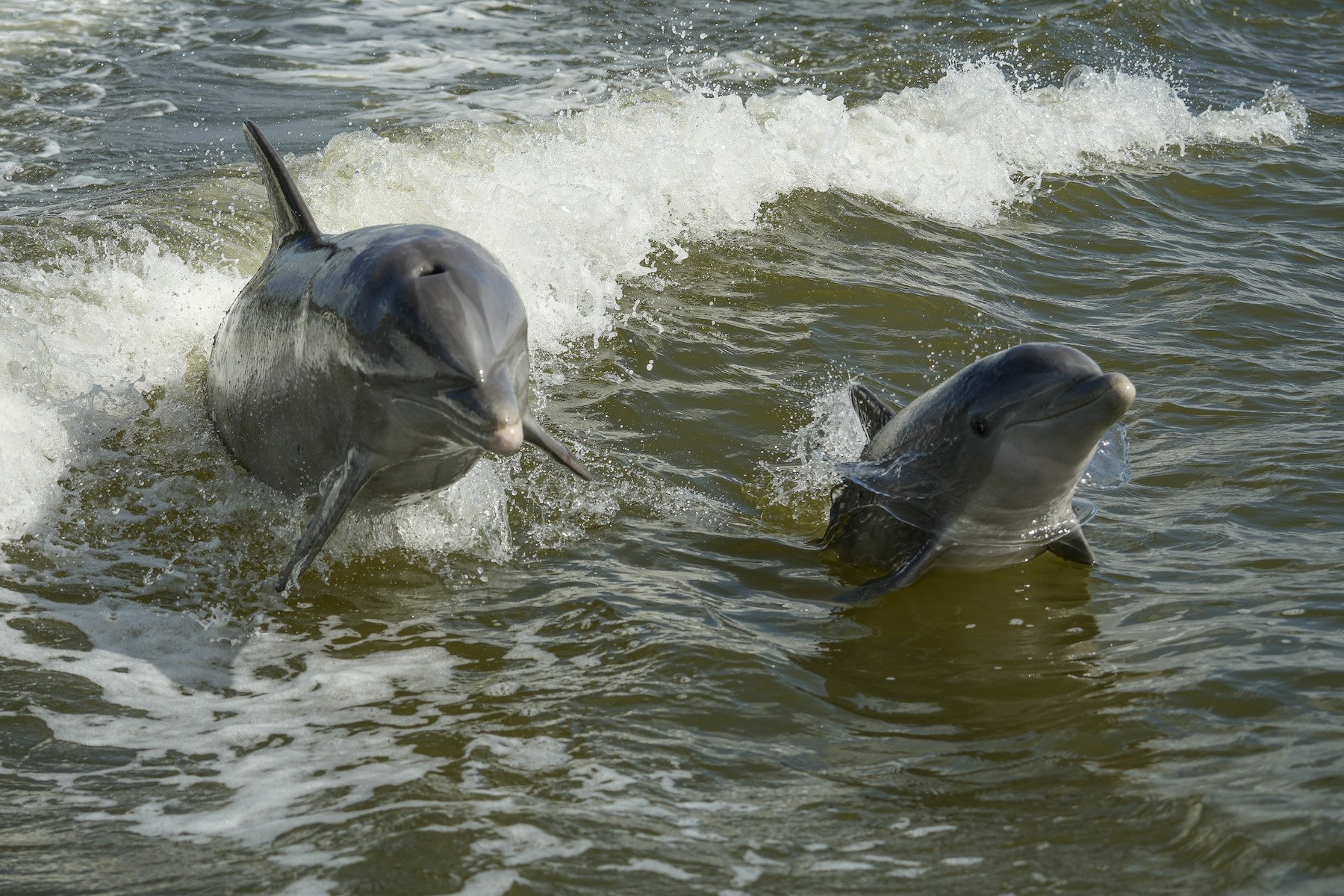The Everglades: An American Treasure
Over 200,000 alligators call the Everglades home. Did you know that alligators are not considered adults until they reach 10 years of age and that they can grow to over 15 ft in length?
In 2022, 137 million travelers from all over the world visited the Sunshine State. You can feel the force of the tide flowing south along I95 as it enters Florida north of Jacksonville. Vast numbers of visitors on their way to Orlando’s theme parks, cruise ports, beaches, and other attractions that make Florida the platonic reflection of the modern American vacation. That being said, among all these visitors, well less than 1% will visit what is arguably Florida’s (and America’s) greatest treasure, the Everglades.
Although only about 10% of the Everglades’ wading bird population survived the onslaughts of the past 200 years, they remain a highlight of any visit to the park. (Juvenile White Ibis)
The Everglades is not swamp. Although there is standing water, the Everglades refers to the area of South Florida below Lake Okeechobee where for millennia water has flowed toward the coasts, shaping the land, and creating what Marjory Stoneman Douglas referred to as a vast “River of Grass”. Stoneman was one of many environmentalists that have struggled to defend the Everglades, educating the public on the inherent value of the ecosystem. The Everglades remains trapped in a great pincer movement, as development on both the east and west coasts continue to push inwards. What was once a 4000 square mile ecosystem has decreased by 50% with only a portion of this remaining land benefitting from protected status.
The Blue Heron population has done better than many because their lack of showy plumes made them less attractive to early 20th century feather hunters.
Although we are becoming more aware of the inherent value of our natural spaces, the modern history of The Everglades has framed the area as an obstacle to progress. Progressive American leaders in both business and government during the 19th and 20th centuries firmly believed that the Everglades needed to be drained in order to realize its agricultural and development potential. These efforts focused on the construction of canals designed to drain excess water to both the east and west coasts, and to provide some control of the water levels of Lake Okeechobee, which would annually overflow its banks to create much of the fluvial life force which powered the area’s ecology. While Broward, Flagler, and other powerful figures of the era did much to impede the great flow, they could not defeat it completely.
Perhaps the greatest blow to the Everglades came with the construction of the Tamiami Trail connecting Naples and Miami, and then subsequently Interstate 75, the well-known Alligator Alley. These roads (especially the Tamiami) would become dams, effectively blocking the natural flow of water. Furthermore, the headwaters of the ecosystem, located near DisneyWorld have become very constrained by upstream development and reallocation of resources.
The Everglades is home to a huge variety of birds, including the iconic Bald Eagle. This widower eagle is M15 and he has quite a story.
The news is not all bad though. The Everglades have been declared an International Biosphere Reserve, UNESCO Heritage Site, and Wetland of International Importance. We have a much better understanding of the damage done by development and are actively engaged in mitigating the effects by restoring water flow around and under roadways. Over a mile of the current Tamiami Trail will soon be replaced by a bridge. Furthermore, between Everglades National Park, Big Cypress Preserve and other reserved areas, we have legally protected well over 2 million acres.
The Everglades most prolific fisherman, the beautiful diving Osprey.
In addition to providing water to 8 million Floridians, and serving as a critical hurricane buffer, the area contains the highest concentration of extinction-vulnerable species in the country. 360 species of birds, 40 species of mammals and 50 distinct types of reptiles call the area home. From panthers to crocodiles, many of the animals here have no other known habitats in North America. It is indeed a real-world Jurassic Park.
Mom and calf dolphin play in the 10,000 Islands area of the Gulf Coast side of Everglades National Park.
The more people that responsibly visit the everglades and appreciate it, the greater the understanding and momentum will become to protect and preserve what is left of it. Visiting is not difficult! If you are on the southern Gulf Coast, consider visiting Big Cypress, or even the Corkscrew Sanctuary. If you are on the East Coast, you have access the main (southern) portion of Everglades National Park, the third largest park in the National Park System. Beyond visiting, you can support the area by donating to the conservation and restoration efforts of the multi-agency Everglades Coalition.
An Anhinga drys its wings after going for a swim. Also known as snakebirds since when they surface, the only thing that emerges from the water are their long necks.
Ready to learn more about the importance and history of the Everglades? I recommend Michael Grunwald’s masterful book, The Swamp. Also, keep in eye out for the new National Geographic feature film, Path of the Panther, telling the story of the near-extinction of the Florida Panther, and those that are fighting to prevent the region’s potential ecological collapse.
Sunset at Fakahatchee Strand.








